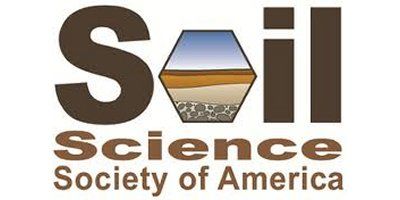

Soil Science Society of America (SSSA)
- Home
- Companies
- Soil Science Society of America (SSSA)
- Articles
- Relationship between Phosphorus and ...
Relationship between Phosphorus and Nitrogen Concentrations in Spring Wheat
Jan. 10, 2008- By: Noura Ziadi; Gilles Bélanger; Athyna N. Cambouris; Nicolas Tremblay; Michel C. Nolin; Annie Claessens
Courtesy ofSoil Science Society of America (SSSA)
Efficient management of P in crop production requires the development of tools to quantify the P status of plants. Our objectives were to establish the relationship between P and N concentrations of spring milling wheat (Triticum aestivum L.) during the growing season and, in particular, to determine the critical P concentration required to diagnose P deficiency. Shoot biomass and P and N concentrations were determined weekly and grain yield was measured at harvest in an experiment with four to six N rates conducted over 2 yr (2004 and 2005) at three sites with adequate soil P for growth each year. Both shoot P and N concentrations decreased with time as shoot biomass increased during the growing season. They also increased with N fertilization, suggesting that they are closely related. The relationship between shoot P and N concentrations under nonlimiting N conditions is described by a linear function (P = 0.94 + 0.107N, R2 = 0.59, P < 0.001; n = 76) in which concentrations are expressed in g kg–1 dry matter (DM). Under limiting N conditions (relative grain yield <0.80), the relationship was different (P = 1.70 + 0.092N (R2 = 0.48; P < 0.001; n = 19) with greater P concentrations for a given N concentration. These relationships approximate the critical P concentration under both nonlimiting and severely limiting N conditions. This critical P concentration can then be used to quantify the degree of P deficiency during the current growing season.
Most popular related searches
